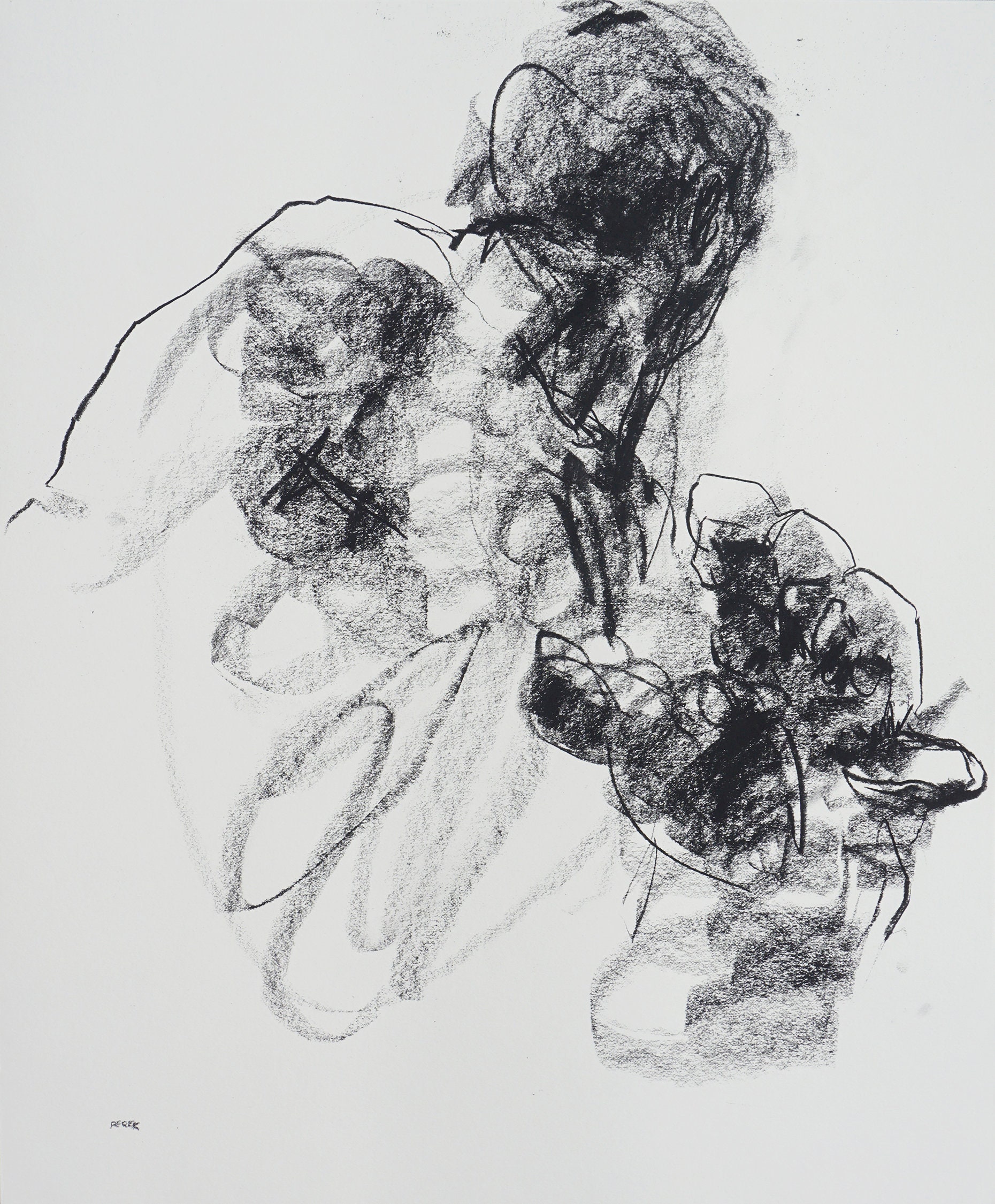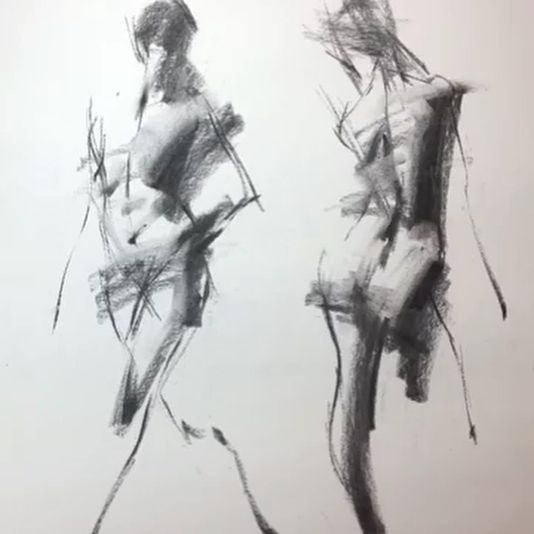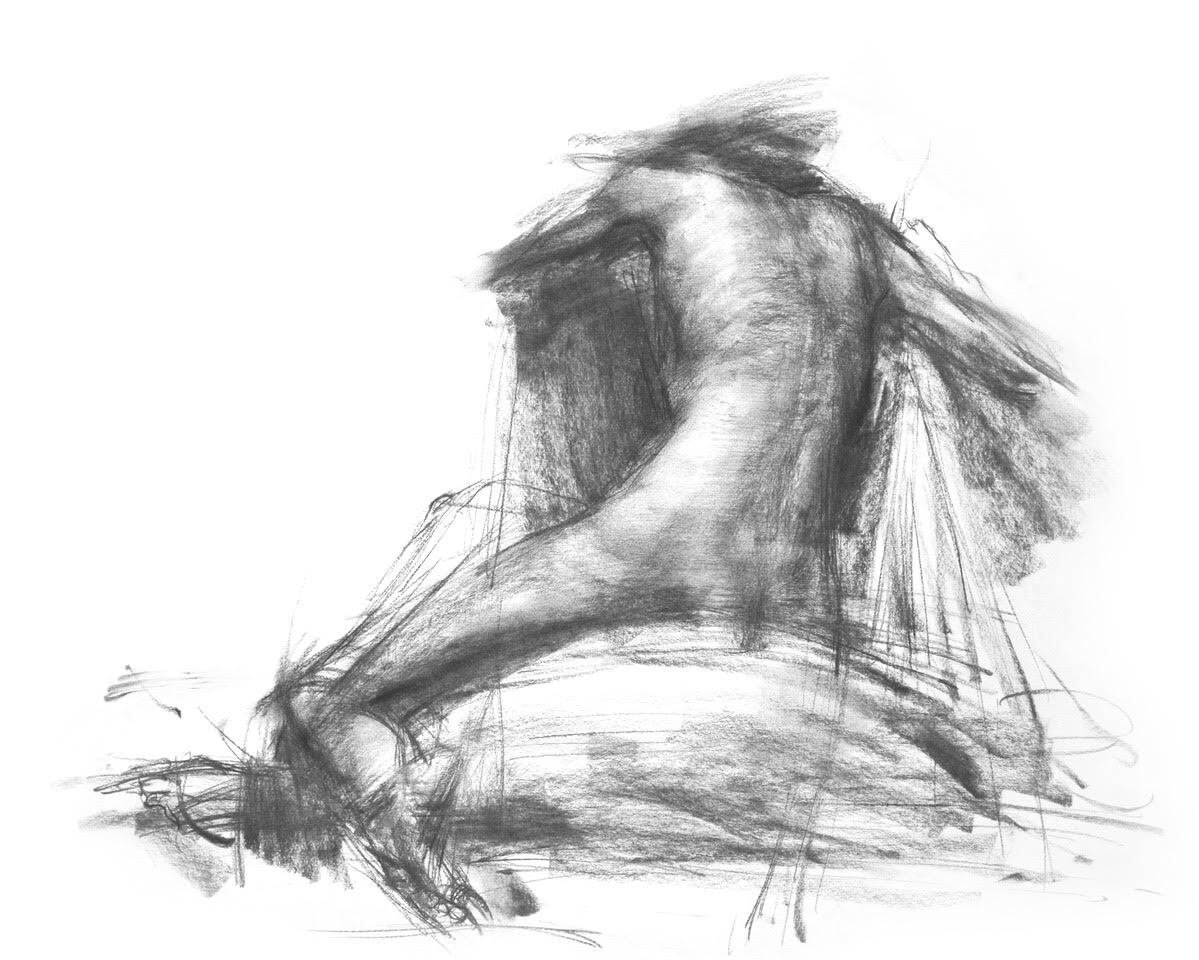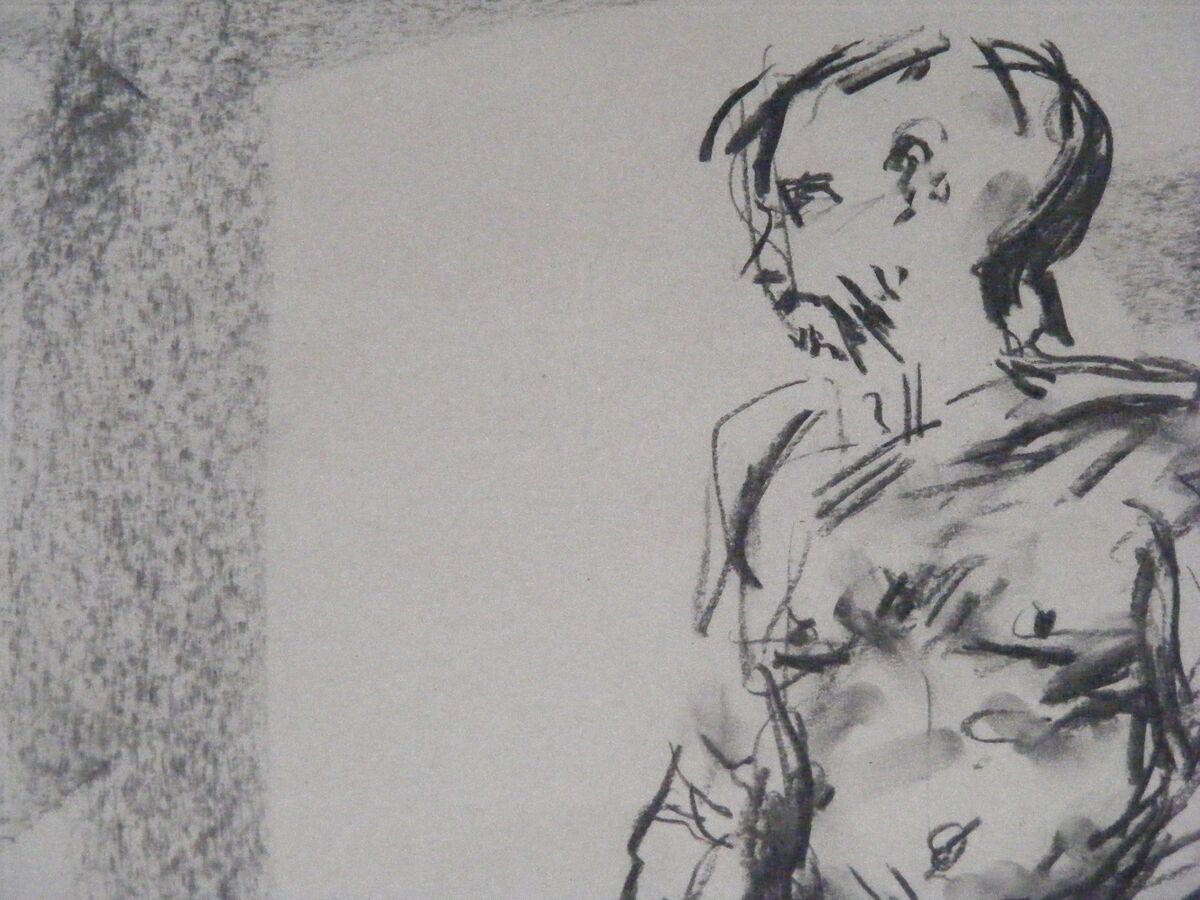Charcoal figure drawing stands out as a captivating medium due to its deep tones and dynamic range. It allows artists to create expressive and emotive works that capture the essence of human emotion and form. Mastering this art form, however, requires understanding techniques, leveraging the right materials, and honing observational skills. In this article, we will explore the steps necessary to master expressive charcoal figure drawing, from selecting the right tools to refining your drawing skills for capturing emotional depth and physical realism.
Selecting the Right Materials
Choosing Your Charcoal
To begin with, the choice of charcoal is paramount. Artists have various options, including vine charcoal for soft, lighter shades and compressed charcoal for richer, darker lines. Experimenting with both types allows you to understand their properties and how they can be used to add depth and texture to your figure drawings. It’s essential to recognize that each type of charcoal serves a unique purpose and contributes differently to the overall composition.
Finding the Best Paper
The choice of paper also significantly impacts the final outcome of your drawings. A heavier, textured paper is ideal for charcoal drawing as it grips the charcoal better, allowing for more expressive and bold strokes. Papers come in various weights and textures, so experimenting with different types will help you find the perfect match for your artistic preferences and the specifics of charcoal medium.

Developing Your Observational Skills
Understanding Human Anatomy
A deep understanding of human anatomy is critical for creating realistic and expressive figure drawings. Familiarizing yourself with the structure of the body, from the skeleton to muscle groups, enables you to draw figures with accurate proportions and in dynamic poses. This knowledge also allows for more freedom in expression, as you can confidently distort or exaggerate features for artistic effect while maintaining a believable human form.
Practicing from Life
Nothing substitutes for the experience gained from drawing from life. Attending figure drawing sessions or practicing with models can significantly improve your ability to capture the human form and its myriad expressions and poses. Live drawing hones your observational skills, allowing you to see how light and shadow play across different body shapes and how to translate these observations into charcoal.

Mastering Charcoal Techniques
Controlling Tone and Texture
Charcoal drawing thrives on the contrast between light and dark, and mastering the use of tonal values is crucial for expressive work. Techniques like hatching and cross-hatching can help in building up shadows and textures, adding a tactile quality to your drawings. Learning how to manipulate the charcoal, varying your pressure for lighter or darker lines, and using blending tools like stumps and tissues helps in achieving a wide range of tonal values and textures.
Dynamic Mark Making
Expressive charcoal drawing also involves dynamic mark making. Experiment with different strokes, from bold and sweeping lines to delicate and fine details. The variety in your mark making contributes to the overall energy and emotion of the piece, making your figures feel more alive and dynamic. Understanding when to use restraint and when to be bold with your strokes is key to mastering expression in your drawings.

Refining Your Drawings
Observing and Conveying Emotion
Capturing the emotional essence of your subject is what elevates a figure drawing from merely good to truly captivating. Pay close attention to subtle facial expressions, body language, and how these elements can convey a wide range of emotions. Your ability to observe and then translate these observations onto paper using charcoal’s expressive potential will set your work apart.
Achieving a Sense of Realism
While expressive drawings might not always aim for photorealism, incorporating elements of physical realism can enhance the emotional impact of your work. Attention to detail, accurate shading to depict light and form, and maintaining correct proportions all play a part in creating a believable human figure that viewers can connect with. Balancing these aspects with your expressive goals requires practice and fine-tuning your observational skills.

Embracing Experimentation
Pushing Boundaries with Charcoal
Charcoal, as a medium, invites artists to push creative boundaries. This means letting go of inhibitions and embracing the unpredictable nature of charcoal. Experiment with different application methods — using the side of a charcoal piece for broad strokes or the sharp edge for fine lines. Apply charcoal with varying pressures or even use erasers to lift charcoal off the paper for highlights. Experimenting expands your visual vocabulary in charcoal drawing, ensuring your figures are not just representational, but evoke emotion and unique style.
Layering and Texturing Techniques
Layering is an effective technique in charcoal drawing that can add depth and richness to your work. Starting with lighter layers of vine charcoal allows for a foundation that can be adjusted or erased with relative ease. Gradually adding darker layers of compressed charcoal can intensify shadows and define forms. The art of layering also extends to texturing—using a variety of tools to create skin textures, fabric folds, and other intricate details that bring a drawing to life. The layered approach results in a more nuanced and impactful figure drawing that captures both the complexity and subtlety of human expression.

Reflecting and Refining
Critical Analysis of Your Work
Each completed drawing presents an opportunity for learning. Spend time reflecting on your work, analyzing areas that were successful and those that need improvement. Critical self-reflection enables you to identify personal strengths and develop strategies to address weaknesses in technique or execution. This analysis should be a constructive process, guiding your artistic development and helping you set goals for future projects.
Seeking Feedback and Guidance
Art is often a solitary pursuit, but growth can be remarkably accelerated by seeking feedback from peers or mentors. Constructive criticism can shine a light on aspects of your work you may not have considered. Moreover, observing how others tackle the medium can provide inspiration and new techniques to try. Attending workshops, joining art communities, or participating in critique sessions can be invaluable to mastering expressive charcoal figure drawings.
Mastering the art of expressive charcoal figure drawing is a journey that combines technical skill with artistic intuition. Through selecting the right materials, developing a keen eye for human anatomy and emotion, and refining your drawing techniques, you can create powerful and emotive works. Remember, each drawing is a step forward in understanding the limitless expressive possibilities charcoal offers. With dedication and practice, you can transform the simple combination of charcoal and paper into lifelike, emotion-filled art pieces that speak volumes.